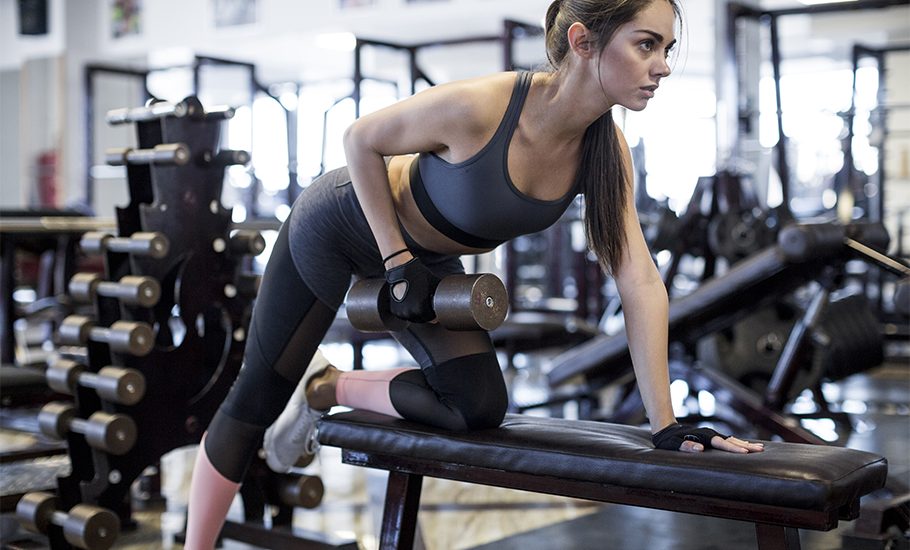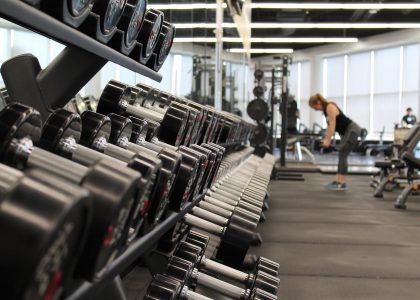Today we will talk about two methods for quantifying strength training, such as the RIR and RPE Stress Perception Scales.
How to quantify-strength-training?
Strength is the only basic physical quality that improves the others and depends on intrinsic and extrinsic factors, including:
- L cross-sectional area of the muscle;
- The length-tension curve of muscle sarcomeres;
- The arrangement of muscle fibers and their types;
- Neuromuscular efficiency;
- Individual biomechanics; and
- The speed of contraction.
The maximum force is the maximum amount of force a person can press of facing a certain load or a certain sporting action, and therefore an athlete or person who trains frequently has as many maximum strength values as loads that he can bear.
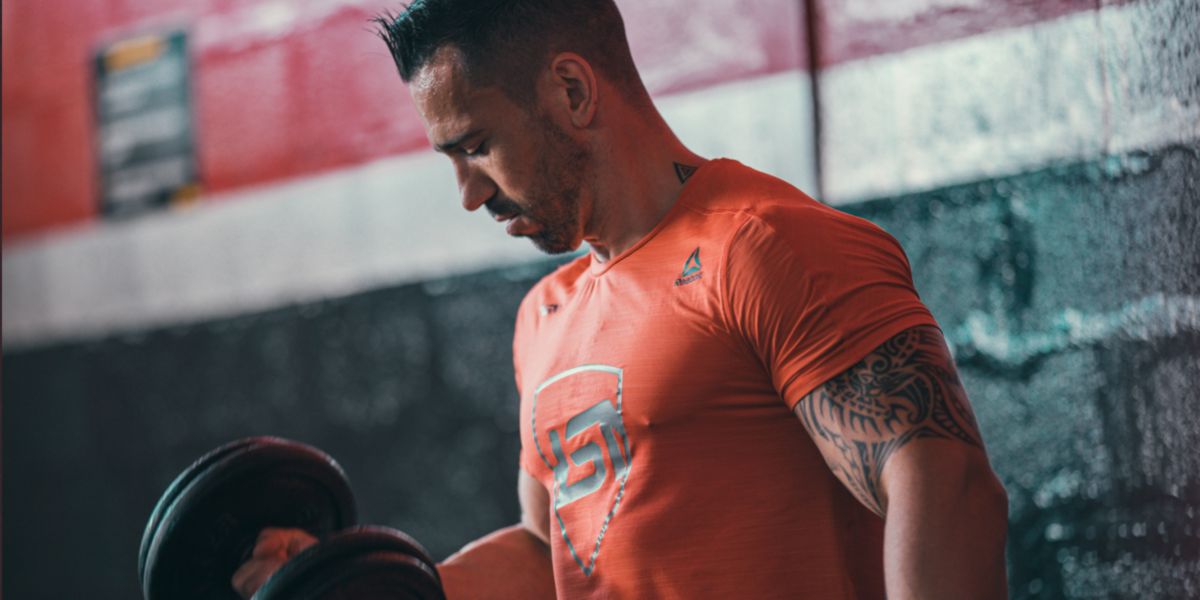
Going a little further, in each sport not only force is applied in relation to the speed of the movement of interest, but it is also important to consider the force that can be manifested at a given moment , especially in very short periods of time.
This relationship between strength and time of application of it (RFD) is determined by the ability of the nervous system to send high threshold stimuli very frequently.
The inability to send high-sog stimuli lia frequently results, to a large extent, from not being regularly exposed to high loads and / or from not performing counter-resistance movements at the maximum concentric speed possible.
This is a lack of adaptation of the neuromuscular system that limits strength.
Quantifying intensity only through 1RM has major limitations since the workload between sessions and variations in execution speed are not taken into account for the same load.
In addition to setting medium to long-term goals, limit the daily assessment of adaptations during that period.
What are RIR and RPE in Weight Training?
To solve this problem, there is a type quantification complementary to the typical percentage of 1RM (% 1RM) which we call “subjective” and which is based on the application of values to the sensations we have in lifting and with them keeping a register of the training process ion.
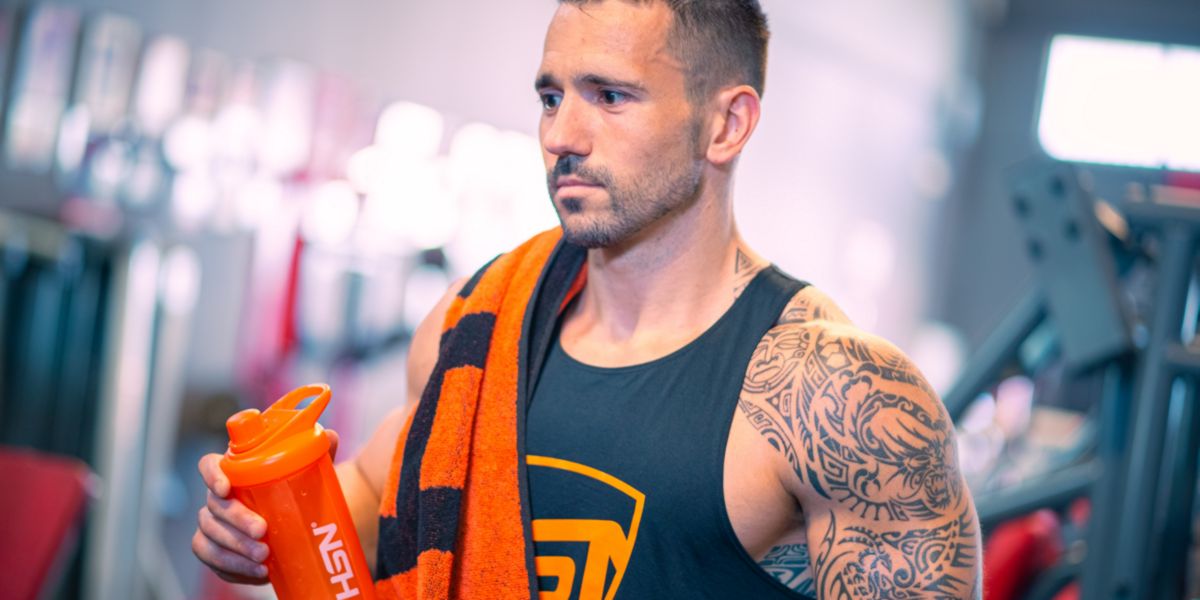
To be as objective as possible within this subjectivity, both the preliminary learning from methods such as measuring the speed of lifting, and reading basic bibliography books and our experience will be our substratum: more time invested in them, the more objective our subjectivity will be.
What is RPE?
RPE is the acronym for Rating of Perceived Exertion, which in Italian translates into Scale of Perception of Effort.
It is based on a scale from 1 to 10 where each value corresponds to a series of repetitions that could be performed after those performed in the series.
What is the OMNI scale?
Specifically, and for being purists, the real main name of this scale was Omni-Res, but for convenience in language and practice, RPE is used (Figure 1 and Table 1).
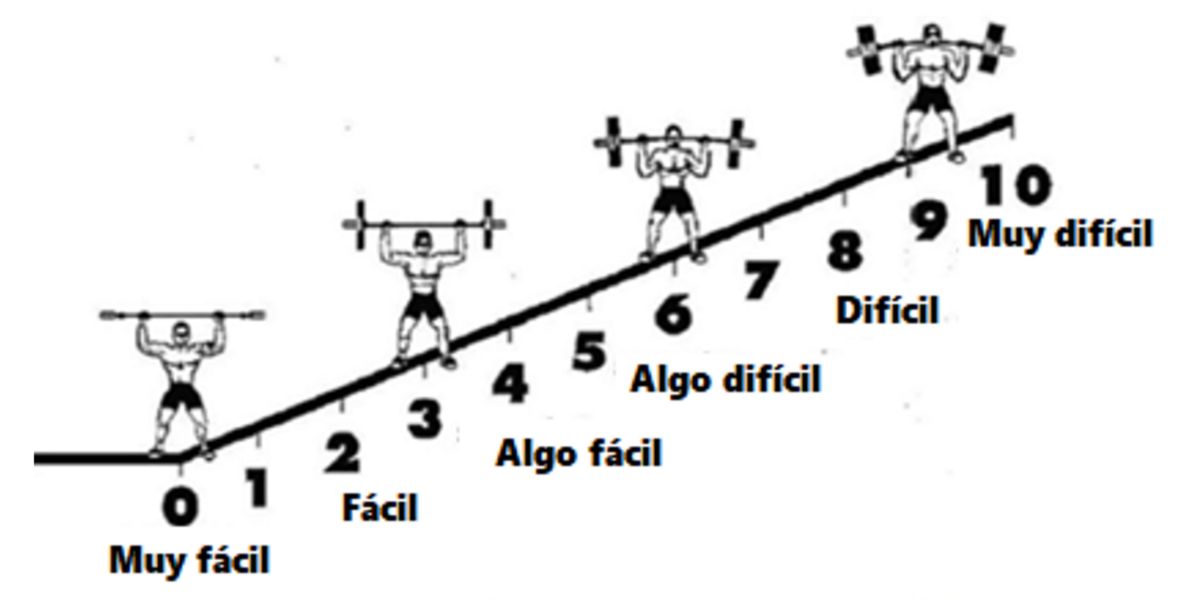
Figure 1: OMNI-Res scale .
What is a RIR?
RIR , on the other hand, is the acronym for Repetitions In Reserve, translated as Repetitions In Reserve.
These two concepts are directly related in most subjects and according to what percentages of specific loads.
Normally (not always, but in the vast majority of cases) yes, since the RPE is based on the application of values to which a specific RIR corresponds; for example, RPE 8 is equivalent to a RIR (+2) since both are left 2 repetitions in the chamber (Table 1).
RIR = 4-6
| RPE – RIR relationship | |
| RPE | RIR |
| 10 | Maximum Effort; RIR = 0 |
| 9 | RIR = 1 |
| 8 | RIR = 2 |
| 7 | RIR = 3 |
| 5-6 | |
| 3-4 | RIR = 6-8 |
| 1-2 | Little or no perceived effort; RIR> 8 |
Table 1: Relationship between RPE and RIR.
Who can use the Stress-Perception Scale method?
This type of subjective quantification scale has been studied both in strength athletes dedicated to competition and in experienced and novice athletes where correlations vary between 0.88 and 0.91 (i.e. very high), which shows that even without having used it before, it is a method that after a short period of learning and intuition we see that it also has a good reproduction and use in daily practice.
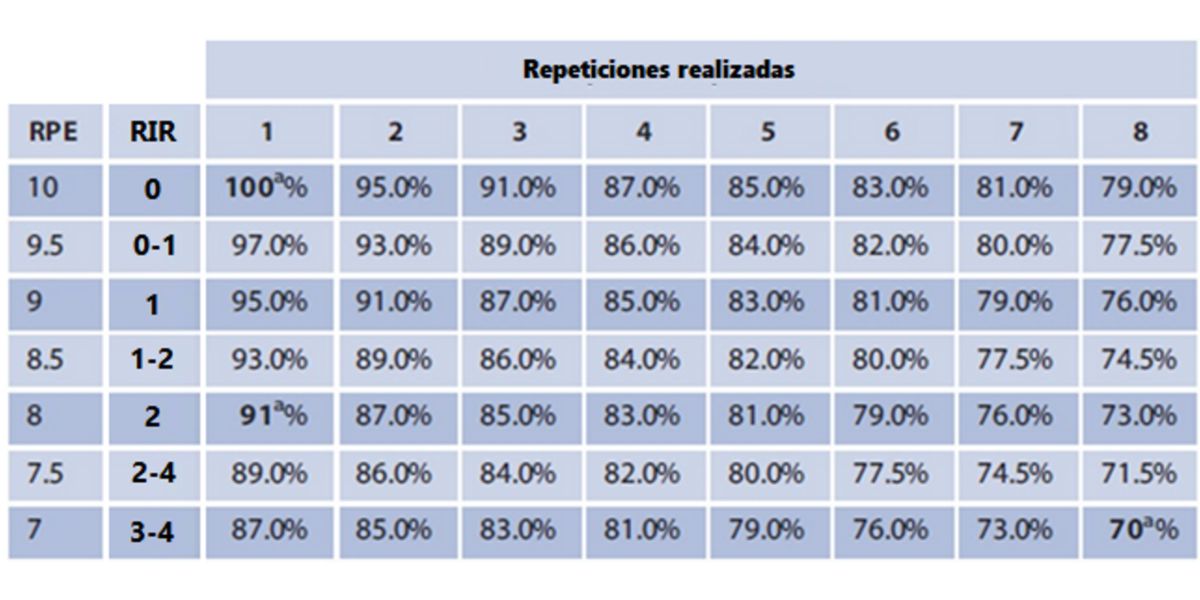
Table 2: Relation between RPE, RIR, repetitions achieved and% 1RM.
The percentages always refer to the 1RM of the current exercise and are approximate.
How is the Perception-of-Effort-in-Training Scale used?
two methods:
Method 1: lower the weight on the barbell
A target RPE is calculated, for example RPE = 8 with “any” weight to the repetitions we want to work (example: range 6 – 8).
Let’s say that that day, the weight to which we associate that target RPE is 100 kg and we have planned to reach 20% fatigue, which is the maximum speed loss limit to work the maximum force before that load and / or the minimum threshold to generate a noticeable hypertrophy in the medi or term.
The protocol to follow will be that to lower the weight by 20%, from 100 kg to 80 kg and do as many sets as possible with the repetitions we have chosen (example: range 6-8) until the RPE with 80 kg is the same as the one with the weight previous, that is RPE = 8.
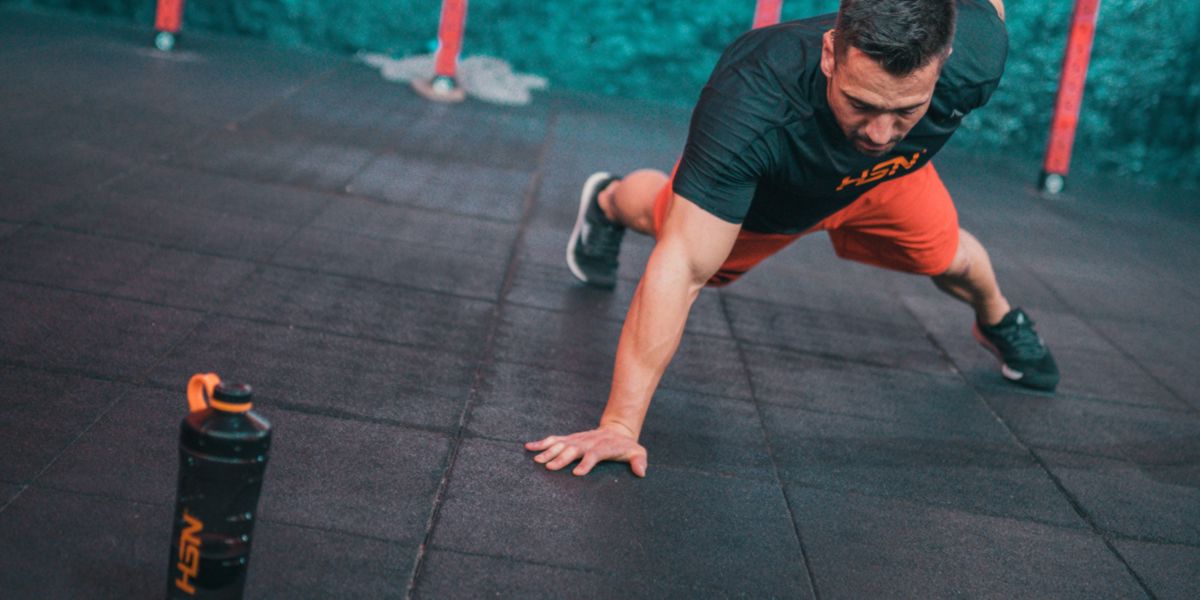
Method 2: series of variables and repetitions to target the RPE
Let’s calculate an RPE band in which we want to train, for example, starts with RPE = 7 and ends with RPE = 9, without lowering the bar as in the previous method.
Example: Performing sets of bench presses from RPE = 7 to RPE = 9 with 120kg (~ 75% 1RM).
Step 1: 1st series
We load the barbell with 120 kg and start with an initial RPE = 7.
This means that we will perform repetitions in the first set of the exercise until after finishing one of those repetitions we will have the sensation of RPE = 7 (probably close to RIR = 3-4). This will be our target number of reps for the next set.
Step 2: Rest
The minimum time required to perform the next set with the guarantee of completing the number of repetitions of the previous series.
Step 3: second series
The number of repetitions of the previous series is performed and the RPE (feeling of effort) we have during the execution of the last one is recorded repetition.
Step 4: Repeat steps 2 and 3
As long as the last repetition of a set gives us a feeling of effort of RPE = 9, at which point the exercise is finished.
This type of training is based on the accumulation of fatigue for the same weight used so that it is gradually greater, respecting consistent rest intervals.
The following table addresses these relationships to identify the amount of fatigue that accumulates mo when we increase the RPE for the same weight (Table 2).
| Relation% fatigue – RPE increase with the same weight | ||
| RPE increase | Example | Accumulated fatigue |
| 0.5 | 8.0 to 8.5 | 2-3% |
| 1 | 8.0 to 9.0 | 4-6% |
| 1,5 | 8.0 to 9.5 | 6-9% |
| 2 | 8.0 to 10 | 9-12% |
Table 2: Approximate fatigue associated with an increase in the sensation of perceived exertion with the same weight lifted.
Example of regulation of the-RPE for micro-cycle of bench-presses
We present an example of subjective training scales, in this case applying RPE, on a 1 week 10-12RM bench press micro cycle.
| Session 1 | 1st Stop the first series when RPE = 7 -> End with the same number of repetitions (x) |
| 2nd Rest of about 2 minutes. | |
| 3rd Making series of x repetitions until RPE = 9 (final speed | |
| 4th Continue with the rest of the workout. | |
| Session 2 | 1º Stop the first series when RPE = 7 -> End with the number of repetitions (x). |
| 2nd Rest of about 2 minutes. | |
| 3rd Do series of x repetitions until RPE = 9.5 (final speed | |
| 4th Continue with the rest of the workout. | |
Summary and conclusions
The scales subjective such as RIR or RPE should be considered in conjunction with velocity measurements to obtain a more accurate estimate of individual relative load (% 1RM) rather than generalized group equations, which could serve as a basis for the estimate, but no further .
Furthermore, the ranges proposed in the previous tables are justified by the experience of athletes both in VBT training and in the use of subjective effort scales.
That is, an RPE = 8 could mean a RIR = 2-4 depending on the exercise, intensity and subject (general training experience, absolute 1RM in that exercise, specific experience using the specific scale …)
Training with subjective sensations based on these ideas allows us to work on our learning and objectivity. However, we must not forget that becoming an expert in a subject takes time, and although application doubts may arise in the first moments of use, these will be resolved.


